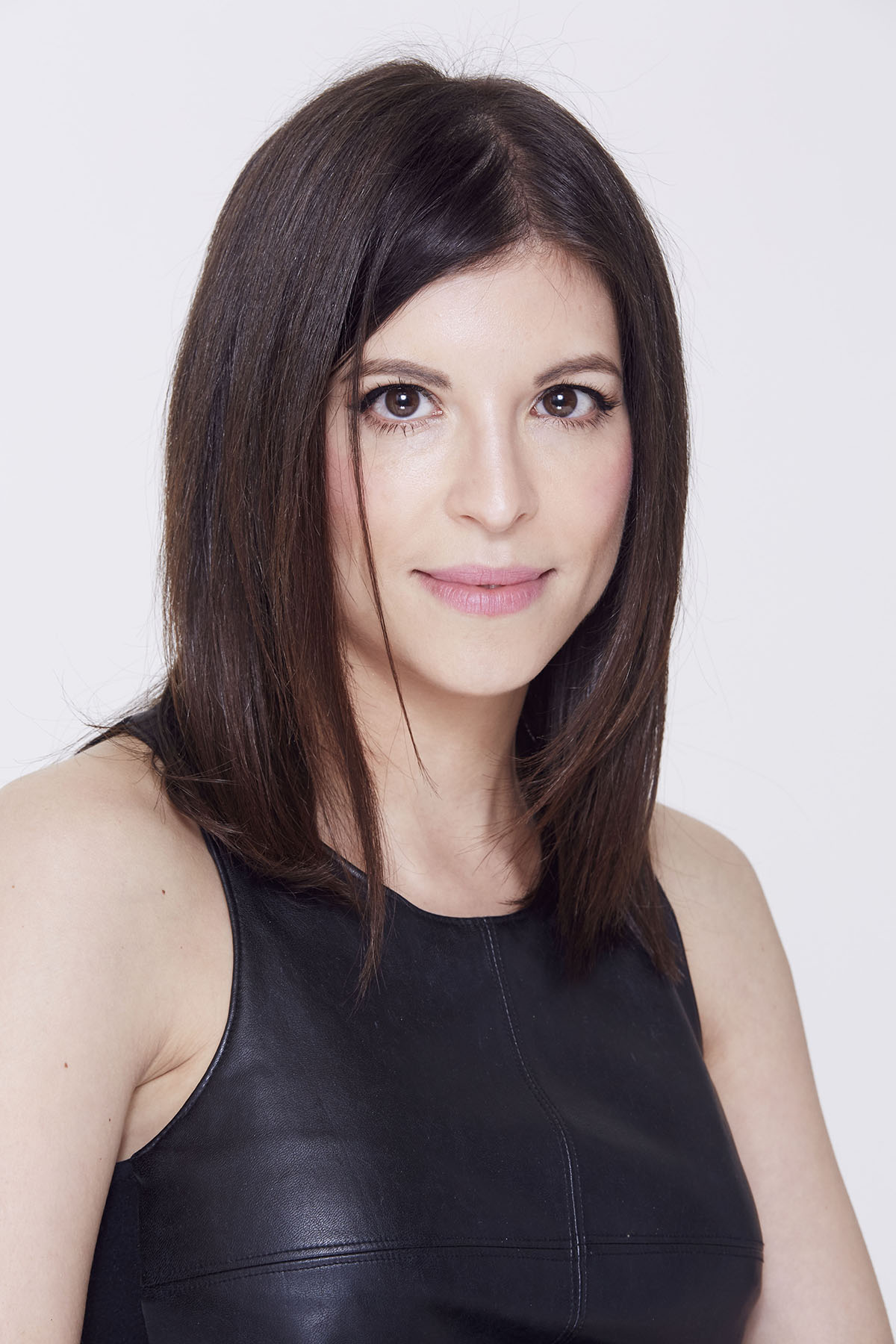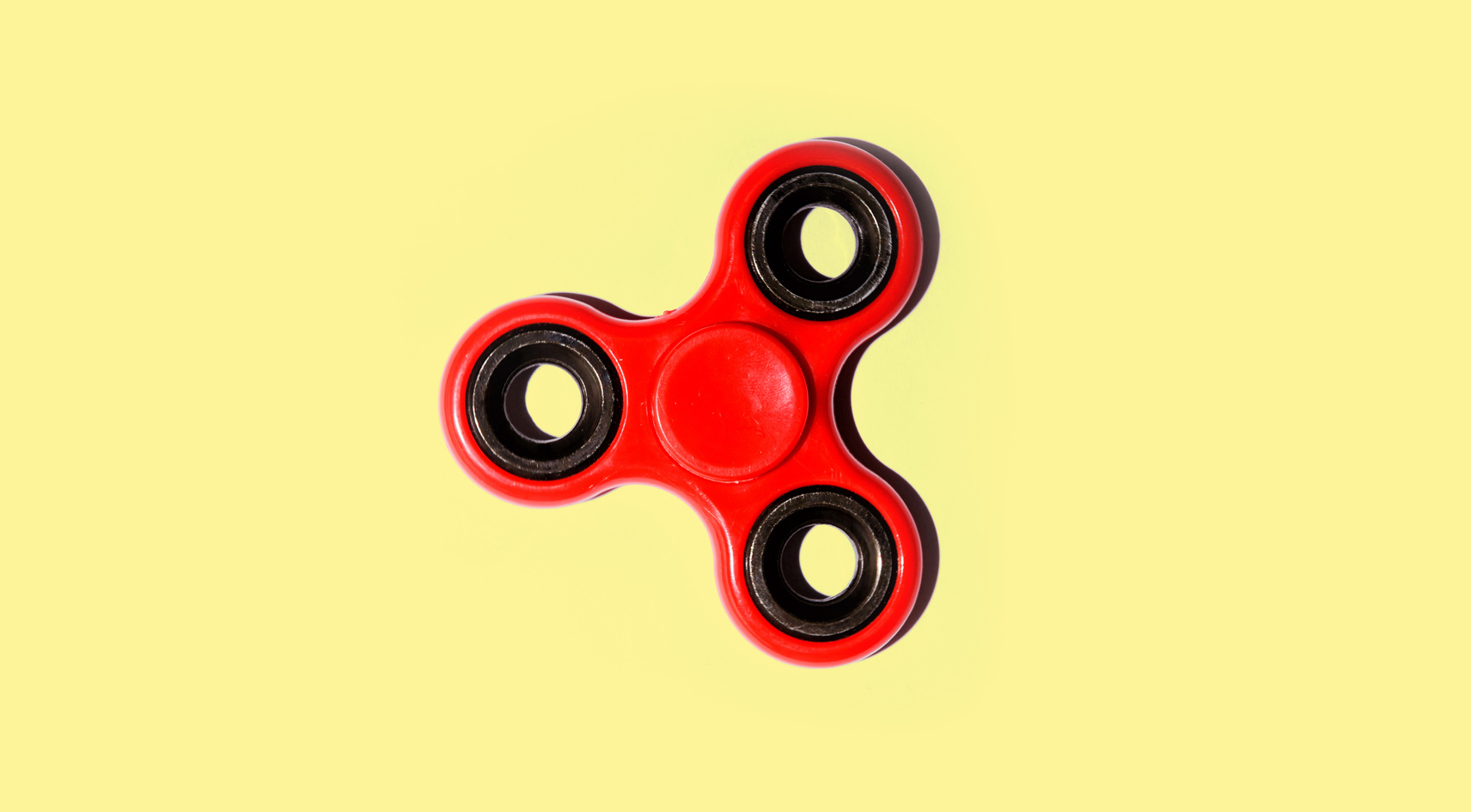Letting go of distraction and shifting your attention to the task at hand is a crucial skill. We’ve all been there: Whether it’s due to a constantly vibrating cell phone or a noisy space, it can be difficult to tune into just one thing. So we asked members of the Thrive Global community to share the ways they quickly focus a distracted mind. Which strategies will you try?
Remove social media apps from your phone
“I’ve learned to block my time. I only do one task at once. But the biggest change I’ve made is taking the Facebook and Messenger apps off of my phone. It’s sounds so simple, but not being distracted by every notification is freeing. I plan time to go on social media, log on with my laptop, and find that I’m much more productive in both my work and social life.”
—Lisa Pezik, business strategist and content expert, Ontario, Canada
Listen to a “bird soundtrack”
“To pause racing thoughts and focus my distracted mind, I start my ‘bird soundtrack.’ The birdsong immediately quiets my head, helping me concentrate. If I need to direct my attention to a complicated task or a more significant assignment, I close my email, social media, and phone. Then, I set a timer for 30 minutes to an hour, which ensures that I can get lost in the job without worrying about anything else. When the minutes run out, I decide whether I want to continue and set a new timer, or I stop and read emails.”
—Lena Beck Roervig, executive coach, Cannes, France
Take three mindful breaths
“Taking three conscious breaths is the best way for me to create mental stability, emotional balance, and increased presence in order to make a wholehearted decision. On the first breath, pay attention to the full cycle of the air; on the second, relax the body; and on the third, ask, ‘What is most important now?’ Try it and watch the shift take place.”
—Rafael Puebla, mindfulness teacher, Miami, FL
Visualize your distractions
“Distractions are like rocks being thrown into the calm waters of my mind. So I close my eyes, take some slow breaths, and imagine these stones sinking to the bottom. I watch the waves disappear, and my mind calms back down. Then I’m more relaxed, and whatever I was working on comes back into focus.”
—Todd Garrett, marketer, Nashville, TN
Try this four-step exercise
“It only takes a few seconds to pause and reconnect to what truly matters to you. When I feel too busy, or distracted by the pings on my cell phone or other things demanding my attention, I do this four-step exercise three times. I simply stop everything and then breathe deeply. I inhale for three seconds, hold it for a second, then fully exhale. I center myself by asking, ‘What matters most in this moment?’ Then I shift my attention to that alone. I do this three times. It might take a total of 60 seconds. But in that minute, I regain my focus, energize my body through the breath and I relax, knowing that I’m focused on what really matters as the noise around me dissipates.”
—Alicia M. Rodriguez, writer, Salango, Ecuador
Construct a “mental map”
“I find a great value in creating a solid mental map for refocusing and overcoming distractions. I make it very visual, using colors to highlight what’s important, what’s urgent, and what requires a quiet time or space to spark creativity. Then whenever I need to prioritize something and regain my focus, I go back to the mind map, and the highlighted topics or tasks just jump out from the page, anchoring me back in place.”
—Davida Ginter, social change process facilitator, Israel
Practice Transcendental Meditation
“A few months ago, I learned Transcendental Meditation (TM). Once I got trained, the only cost has been finding the time and the discipline to meditate. TM requires meditating twice a day, for 20 minutes at a time. When I do so, it’s easier for me to disregard my worries and allow my mind to find a restful state of alertness. It’s when I’m still and meditating that I realize just how fast-paced our culture is, and how small a margin we have. This practice has helped me both slow down and increasingly access a more restful state of mind.”
—Josh Neuer, licensed professional counselor, Greenville, SC
Prioritize one action item
“When I realise that I’m distracted, I check in with myself about what I need at that moment. Most of the time I need to do two things:
1) Take a longer break. I’m usually distracted because I’ve been working for too long and my brain needs a break.
2) Check my ‘To Smash List:’ I determine the most important thing I should prioritize in that moment, and get started.
These two actions usually help me re-focus.”
—Simone Vincenzi, co-founder, London, England
Do focused work in the morning
“I turn off notifications altogether — no beeps, buzzes, or pop-ups. Then, I only use the application I need to get the job done and close down absolutely everything else. I’m most susceptible to distraction during the afternoons, so I plan the work I need to focus on in the mornings. In the afternoons, I move away from my desk, leave my phone behind, and take a break. Five minutes is usually enough to declutter my head and return, knowing what to do next.”
—Rachel Teare, marketing director, Oxford, UK
Put devices away for an hour
“I simply turn off my phone, put it in an area where I’d have to walk to get it, close down my laptop email and IMs, set a timer for an hour, and focus. It’s amazing what I can accomplish without those distractions, knowing I can get back to them in less than an hour. It’s also incredible how life goes on while I disregard these things for an hour.”
—Pat Obuchowski, executive coach, San Francisco, CA
Hit a mental “pause” button
“When I need to let go of distractions and shift my focus, I use a ‘pause’ button that I’ve created in my consciousness. I press it and tell myself to shift. It’s important for me to manage the energy I devote to negative or unproductive things. Upon hitting that red button, I say something positive like, ‘Everything is working for your good.’”
—Gerry Tucker, writer, Austin, TX
Use the Pomodoro Technique
“I use the Pomodoro Technique, which is a way to break down work into intervals of around 25 to 45 minutes in an uninterrupted way. I used to keep track of time on my cell phone through applications, but noticed that I’d get distracted. Now, I put my phone in a drawer and I’ve gone analog. I use a Miracle TimeCube Timer, which has specific time intervals on each side. I flip it to a particular one and begin to start work (i.e. email, creative work, project, etc.), and take a break after I’m done. This has exponentially increased my focus and productivity.”
—Danny Kim, organizational consultant, San Diego, CA
Visualize a clean slate
“My brain is often going in 10,000 different directions, making it extremely difficult to focus on the task at hand. Using visualization has increased my productivity and allows me to direct more of my attention to a specific task. As strange as it seems, I visualize a chalkboard being wiped clean. A clean slate and a fresh, clear mind can tackle the task at hand more clearly.”
—Carrie McEachran, executive director, Mooretown, ON, Canada
Go “old school”
“The most effective way I focus my attention is to ‘go old school.’ I take a break from technology and start writing with pen/pencil and paper. I jot down quick thoughts about my project, numbers from a report, or re-prioritize my task list. It helps me slow down, take a deep breath, and refocus.”
—Karen Martz, administrative office assistant, Fort Worth, TX
Chew gum
“I calm racing thoughts quickly by chewing gum. Something about this practice breaks up my distraction and centers me on the present moment. I keep packs of sugar-free gum on my desk, so it’s convenient to reach for a piece whenever I need to sharpen my focus.”
—Whitney Hopler, communications director, Fairfax, VA
Set your phone timer
“When I feel distracted or mentally frazzled, I set my phone timer for five to 10 minutes. Then I focus on whatever needs to be done – finishing my email, folding laundry, etc. It’s a little trick I play with my mind. Sometimes I even reset the timer. Even the busiest mind can focus for five or 10 minutes. Give it a try.”
—Cara Bradley, author, body-mind teacher, Philadelphia, PA
Follow us here and subscribe here for all the latest news on how you can keep Thriving.
Stay up to date or catch-up on all our podcasts with Arianna Huffington here.


